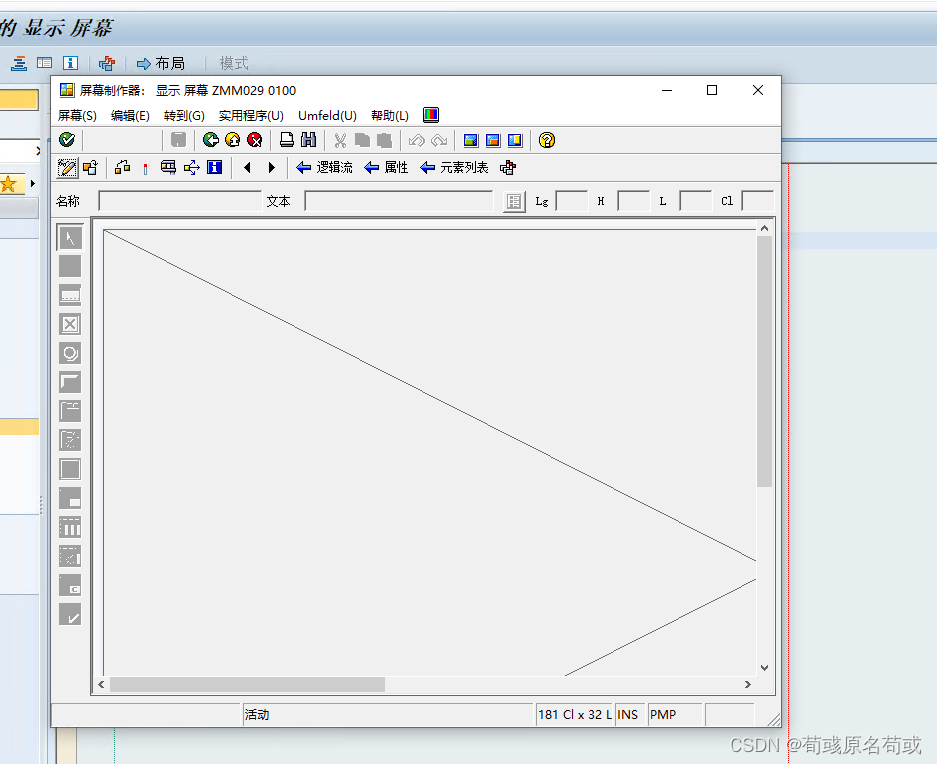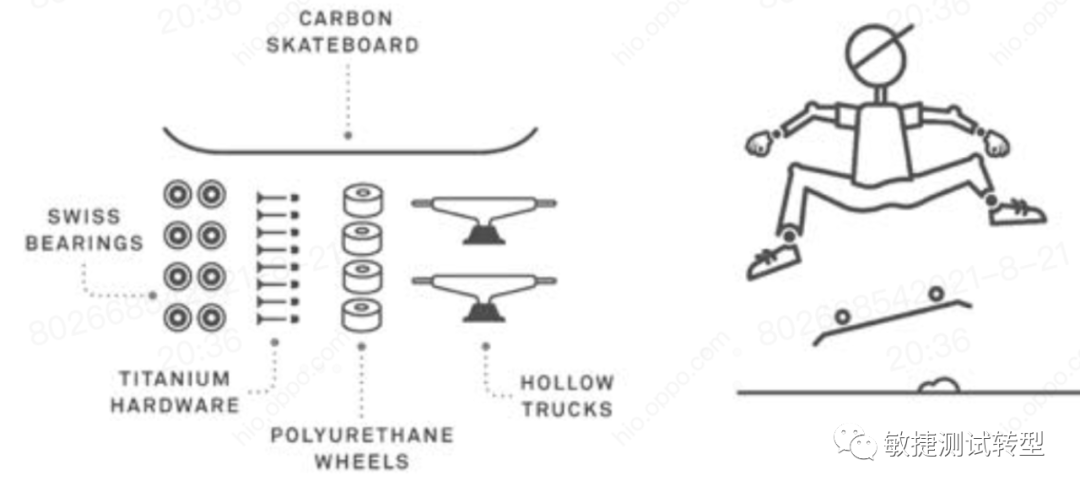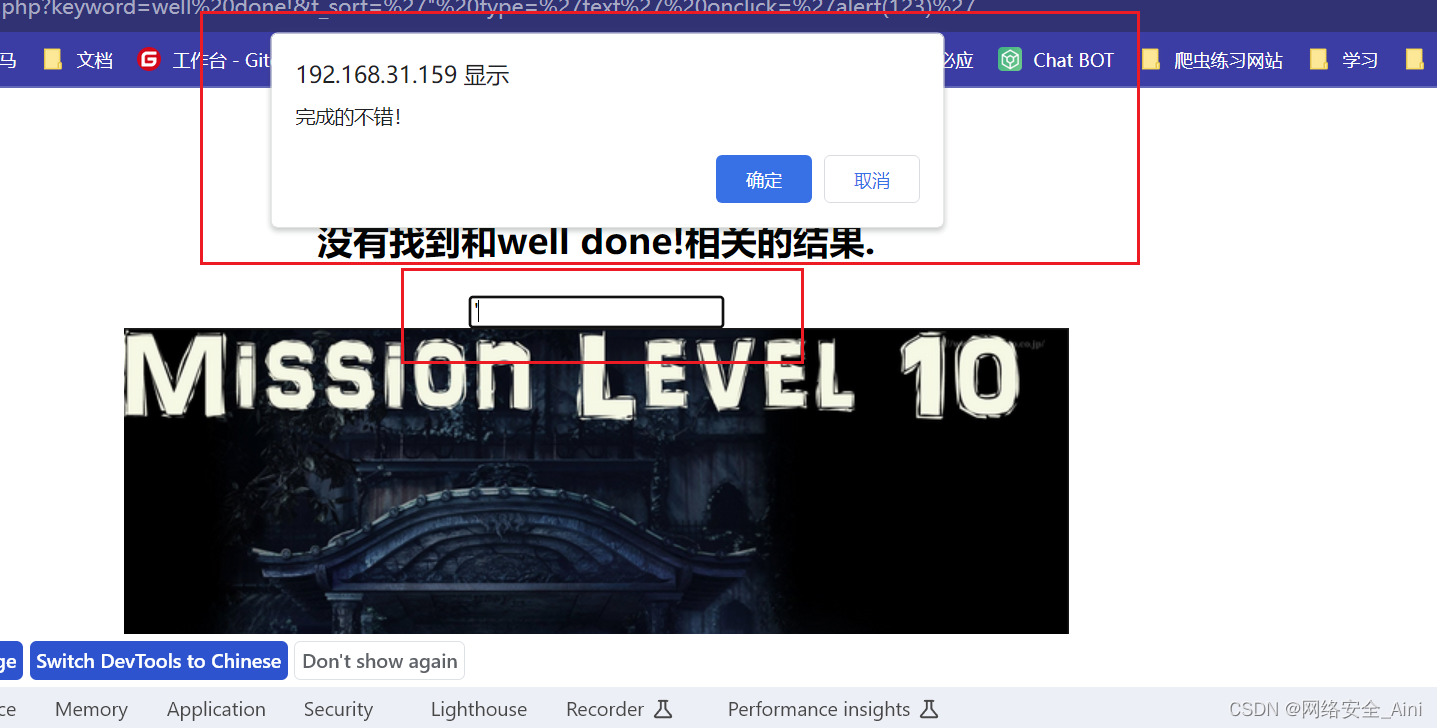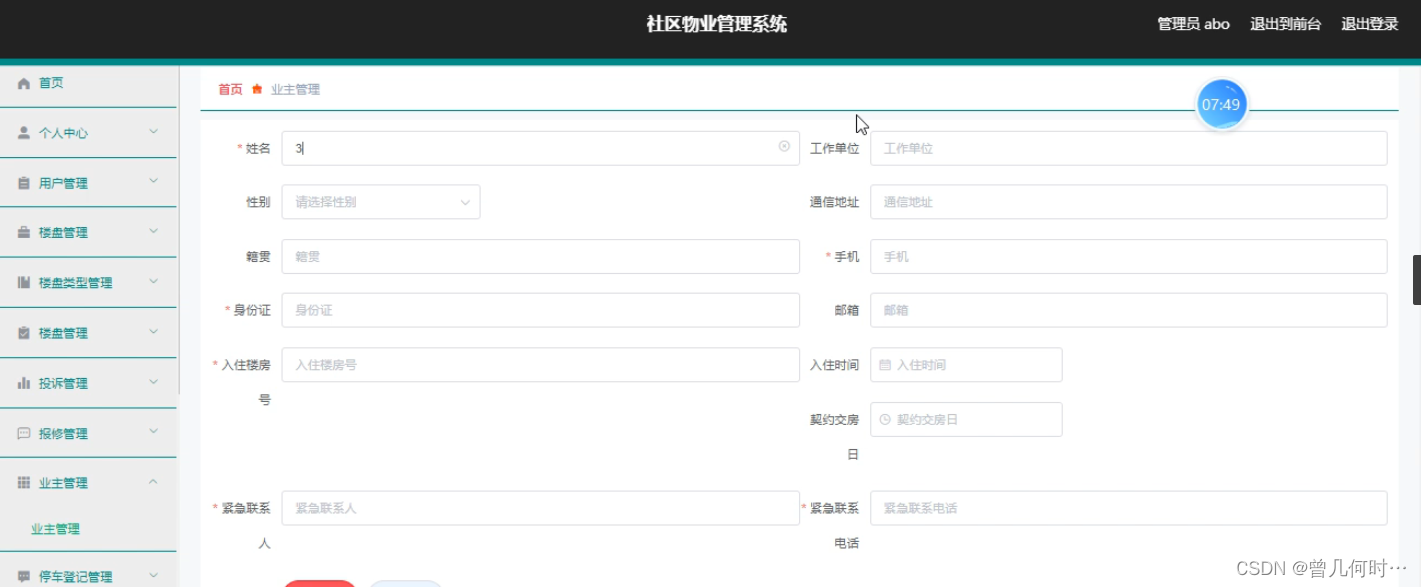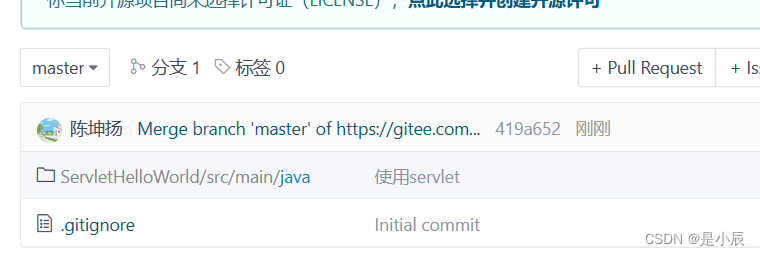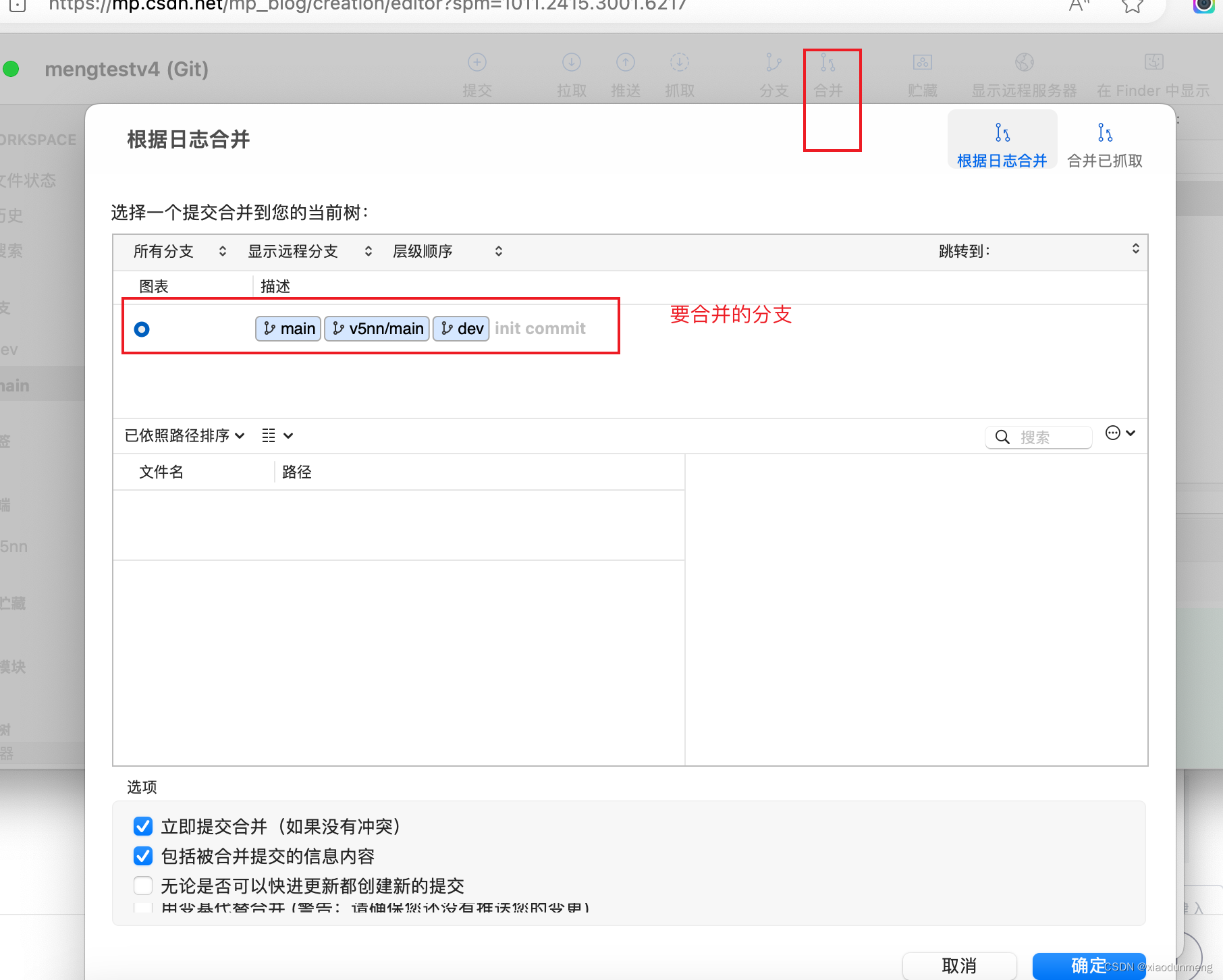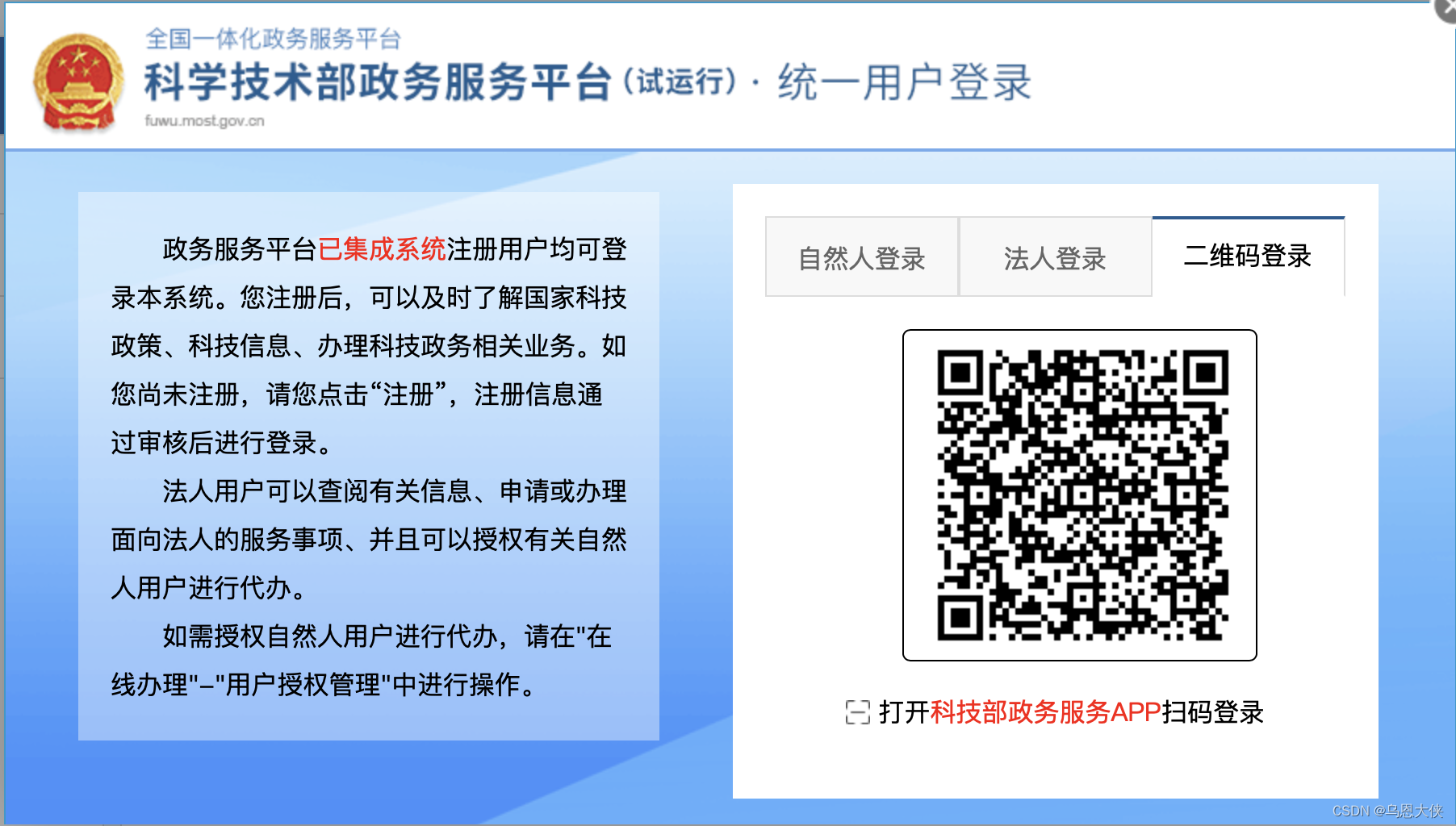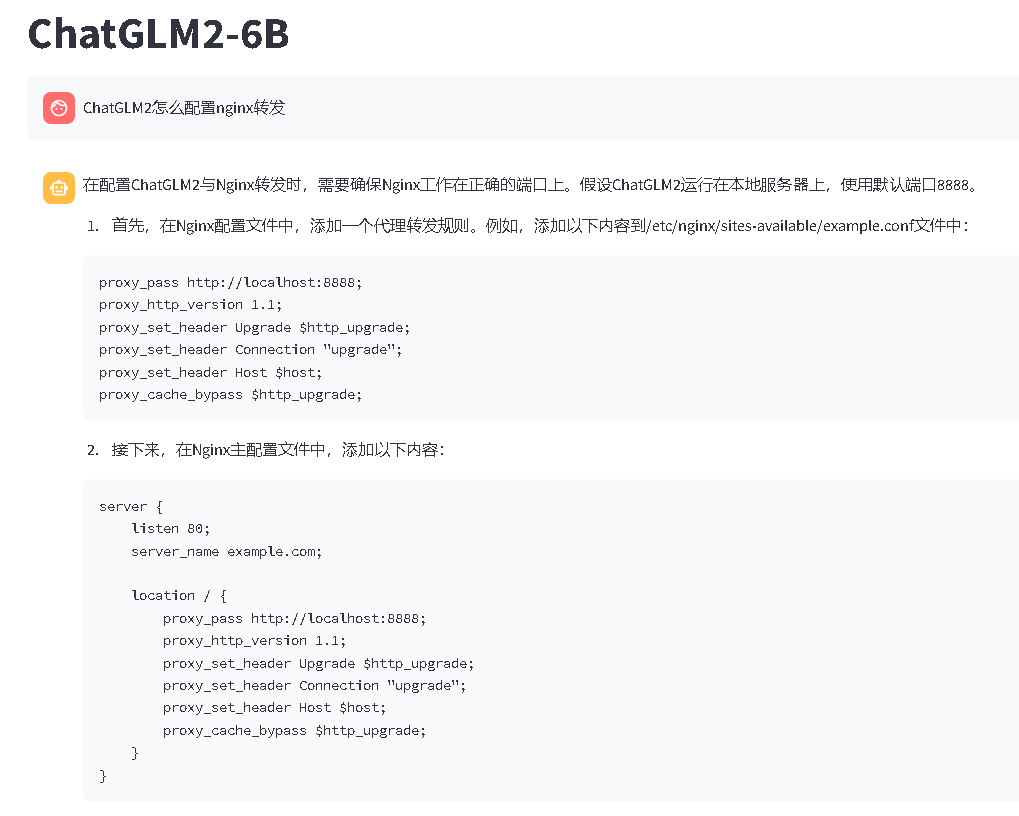
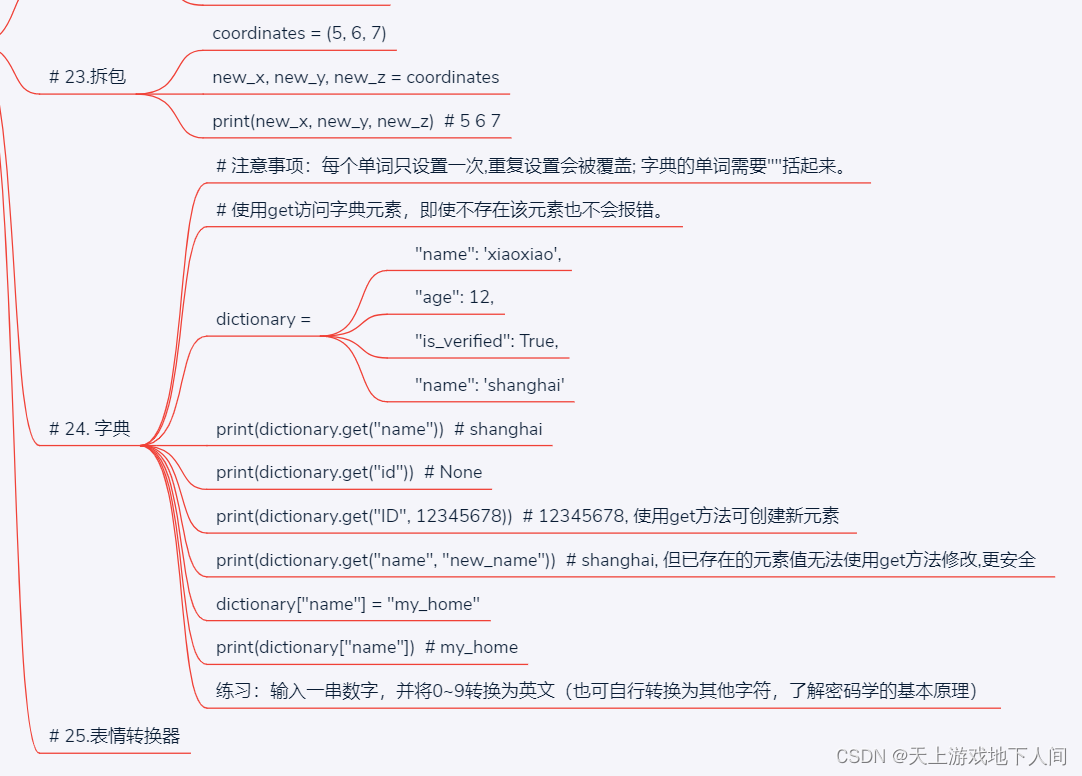
# 20.列表
# 一维列表
names = ['Hash', 'Bob', 'Nick']
print(names) # 全打印
print(names[:]) # 全打印
print(names[1:3]) # 打印1到2号索引
print(names[:2]) # 打印0到1号索引
'''
['Hash', 'Bob', 'Nick']
['Hash', 'Bob', 'Nick']
['Bob', 'Nick']
['Hash', 'Bob']
'''# 二维列表:一维列表中嵌套一维列表
matrix = [
[1, 2, 1, 4],
[5, 2, 0],
['I', 'love']
]
print(matrix[2][1]) # love
matrix[0][1] = 3 # 修改列表元素
print(matrix[0][1]) # 3
print(matrix) # [[1, 3, 1, 4], [5, 2, 0], ['I', 'love']]
for row in matrix: # 遍历列表元素
print(row)
for item in row:
print(item)
'''
[1, 3, 1, 4]
1
3
1
4
[5, 2, 0]
5
2
0
['I', 'love']
I
love
'''// 练习:查询一个列表中最大的数
nums = [12, 34, 112, 45, 54, 21]
num_max = nums[0]
for num in nums:
if num_max < num:
num_max = num
print(num_max) # 112
# 21.列表常用方法
num = [5, 2, 12, 45, 16, 2]
num.append(100) # 在列表末尾添加100
num.append('sd') # 在列表末尾添加sd
print(num) # [5, 2, 12, 45, 16, 2, 100, 'sd']
num.insert(0, 0) # 在0号索引添加元素0
print(num) # [0, 5, 2, 12, 45, 16, 2, 100, 'sd']
num.remove(2) # 删除第一个2
print(num) # [0, 5, 12, 45, 16, 2, 100, 'sd']
num.pop() # 删除末尾项
print(num) # [0, 5, 12, 45, 16, 2, 100]
print(num.index(2)) # 5, 查询元素2在列表中的索引位置
print(num.count(5)) # 1, 统计字符5在列表中的个数
num.sort() # 升序排序
print(num) # [0, 2, 5, 12, 16, 45, 100]
num.reverse() # 降序排序
print(num) # [100, 45, 16, 12, 5, 2, 0]
num2 = num.copy() # 复制num列表到num2列表中
print(num2) # [100, 45, 16, 12, 5, 2, 0]
num.clear() # 清空列表
print(num) # []// 练习:创立一个空列表,将一个非空列表中的非重复元素逐个复制进空列表中。
empty_list = []
copied_list = [12, 12, 34, 23, 21, 34, 4]
for copy in copied_list:
if copy not in empty_list:
empty_list.append(copy)
empty_list.sort()
print(empty_list) # [4, 12, 21, 23, 34]# 22.元组
# 元组类似列表,但里面的元素是不可改变的,也不能增减。(适合放置固定值)
yuan_zu = (1, 2, 3, 4)
print(yuan_zu) # (1, 2, 3, 4)
# yuan_zu[1] = 10
# print(yuan_zu[1]) # TypeError: 'tuple' object does not support item assignment
# 23.拆包
coordinates = (5, 6, 7)
x = coordinates[0]
y = coordinates[1]
z = coordinates[2]
print(x, y, z) # 5 6 7
# 上述赋值可简化为如下所示
new_x, new_y, new_z = coordinates
print(new_x, new_y, new_z) # 5 6 7
# 24. 字典
# 注意事项:每个单词只设置一次,重复设置会被覆盖; 字典的单词需要""括起来。
dictionary = {
"name": 'xiaoxiao',
"age": 12,
"is_verified": True,
"name": 'shanghai'
}
print(dictionary["name"]) # shanghai
# 使用get访问字典元素,即使不存在该元素也不会报错。
print(dictionary.get("name")) # shanghai
print(dictionary.get("name")) # shanghai
print(dictionary.get("id")) # None
print(dictionary.get("ID", 12345678)) # 12345678, 使用get方法可创建新元素
print(dictionary.get("name", "new_name")) # shanghai, 但已存在的元素值无法使用get方法修改,更安全。
dictionary["name"] = "my_home"
print(dictionary["name"]) # my_home# 练习:输入一串数字,并将0~9转换为英文(也可自行转换为其他字符,了解密码学的基本原理)
digits_mapping = {
"0": 'zero',
"1": 'one',
"2": 'two',
"3": 'three',
"4": 'four',
"5": 'five',
"6": 'six',
"7": 'seven',
"8": 'eight',
"9": 'nine'
}
phone = input("Phone: ")
output = ""
# for eng in phone:
# output += digits_mapping.get(eng) + " "
# print(output)
# TypeError: unsupported operand type(s) for +: 'NoneType' and 'str',空值不能与字符相加。
# 解决方案:给不在字典中的单词设置一个默认值。
for eng in phone:
output += digits_mapping.get(eng, "not_digit") + " "
print(output)
"""
Phone: 123141235466xx
one two three one four one two three five four six six not_digit not_digit
"""
# 25.表情转换器
message = input("> ")
words = message.split() # 默认以空格为分割符,将字符串分组。
print(words)
"""
> "Hello, welcome to my world."
['"Hello,', 'welcome', 'to', 'my', 'world."']
"""
emojis = {
":)": "😊",
":(": "😥",
"pig": "🐷"
}
output = ""
for word in words:
output += emojis.get(word, word) + " "
print(output)
"""
> the pig is :) ,but the cat is :(
['the', 'pig', 'is', ':)', ',but', 'the', 'cat', 'is', ':(']
the 🐷 is 😊 ,but the cat is 😥
"""
